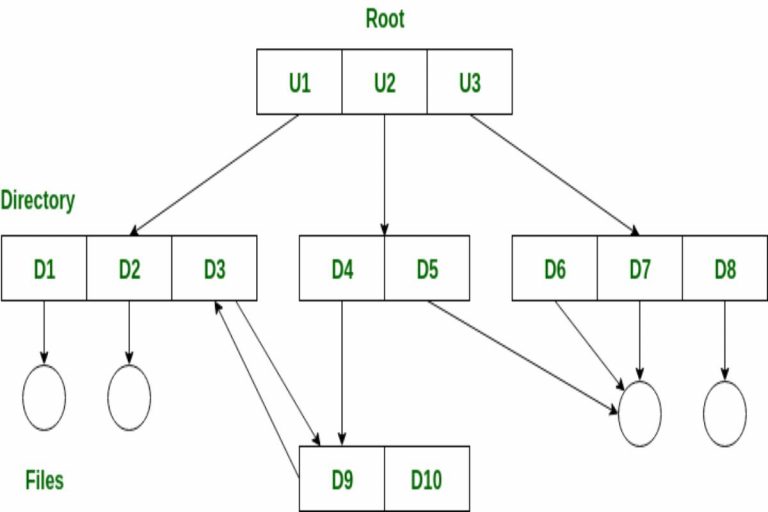One of the critical workflows for a field service business is ensuring the correct scheduling of the job and dispatching compatible field service technicians to do it. Getting scheduling right translates to optimizing business operations for better profitability.
Scheduling software is helpful to achieve efficiency – but one has to make sure they implement the best practices to get the ROI. If you’re considering digitizing operations using field service scheduling software, we have shared some key best practices in this article.
Table of Contents
What is field service scheduling software?
Field service scheduling software helps field servicing business owners to streamline their scheduling and dispatching operations. It digitizes many scheduling tasks across collecting job details, onboarding customers, assigning jobs to the available worker, etc.
For example, scheduling software can collect job details from the customer without involving your back-office teams. It can help streamline various service offerings such that customers can choose as per their needs. It is also possible to schedule a call with the team – thus your office only focuses to troubleshoot purchases on the customers who really need it.
Top features your field service scheduling software should have
When selecting a scheduling software vendor, ensure it has below mentioned workflows or features that help automate critical scheduling tasks:
Improve customer servicing with a rescheduling option
Manually handling scheduling is tricky, but rescheduling requests by customers make it even more difficult to manage jobs. Your software should include automated rescheduling such that when your team accepts the requests, it automatically makes the job changes and reassigns the field service technician.
File sharing and collaboration tools
For assigned jobs, it helps when the workers can share the progress with the managers via photos, audio, or video footage. It helps with auditing and provides proof of work done. File sharing is also useful for remote troubleshooting. This saves the time for the manager to visit sites for small issues, helps them supervise multiple job sites, and saves travel time.
Building a customer profile
Advanced scheduling software helps understand your customers and incorporates insights into its scheduling algorithm. It also helps your marketing team understand service patterns to align their efforts accordingly.
For example, a particular customer may have given a good rating to a field service worker. A scheduling software ensures it will assign it to that worker whenever available.
Centralized dashboard
Visibility is a problem in scheduling, especially when your business is scaling. The main drawback of manual scheduling is the lack of visibility in scheduled jobs, which leads to errors. Ensure the software helps bring data together so that you can make quick scheduling decisions or troubleshoot.
For example, Zuper is a field service management software that provides a drag-and-drop interface with colored visualizations for scheduling. With a calendar view, it is possible to quickly accept rescheduling requests or make changes to job details by keeping other jobs in reference.
Workforce management features
A scheduling software should be able to consider time-off requests by workers when automatically scheduling. It should consider their skills, availability, proximity to job location, and other custom parameters while scheduling jobs. This improves your workforce management, operational metrics like first-time fix rate, and customer experience.
5 best practices for choosing the right scheduling and dispatching software
Implementing software requires certain measures in place to ensure it is done successfully. Here are five best practices to keep in mind while selecting your vendor:
- Check for scalability: does your vendor have case studies where it has deployed its software to larger businesses? This is important because it helps you stay assured of a bug-free experience when your business grows.
- Check for industry compatibility: if your industry has special audit requirements, then ensure your software can meet them.
- Take a demo: ensure the software feels user-friendly. Let your teams take a demo and run tests to check for workplace compatibility.
- Ask for app integrations: check if the vendor provides integration support with your existing software. This helps reduce data migration costs and the hassle that comes with it.
- Assess your operational needs: ensure your manual workflows are well-documents so that you can check if the software can automate them.
Learn more about integrating scheduling software for your business
Zuper provides a free demo of our field service management solutions. Book your demo today and get a free consultation on how you can automate scheduling and dispatching for your field service business.









